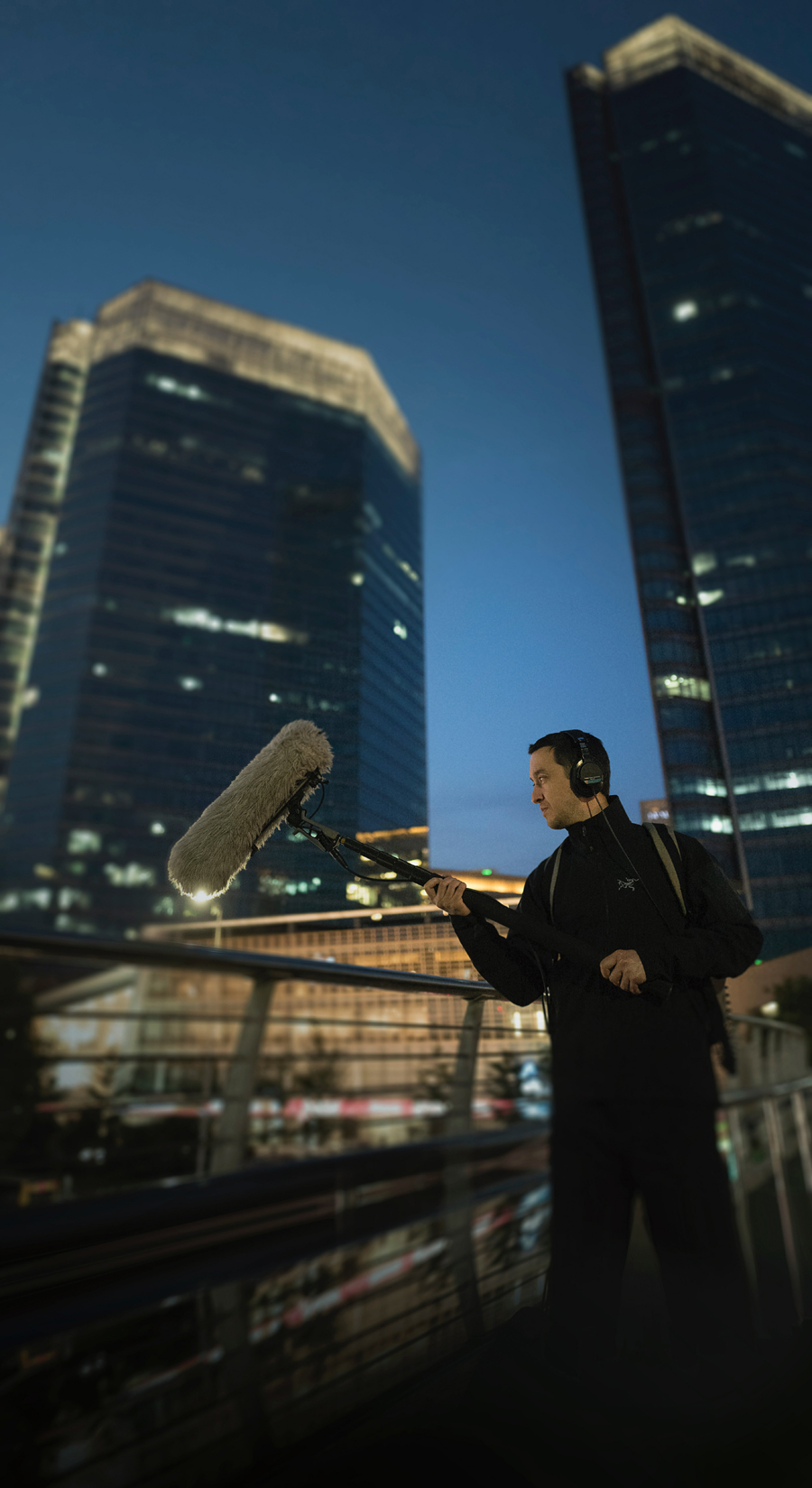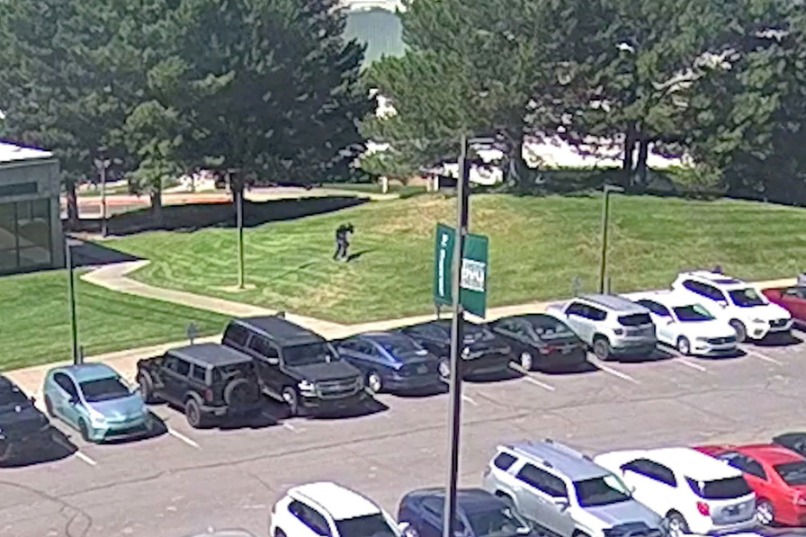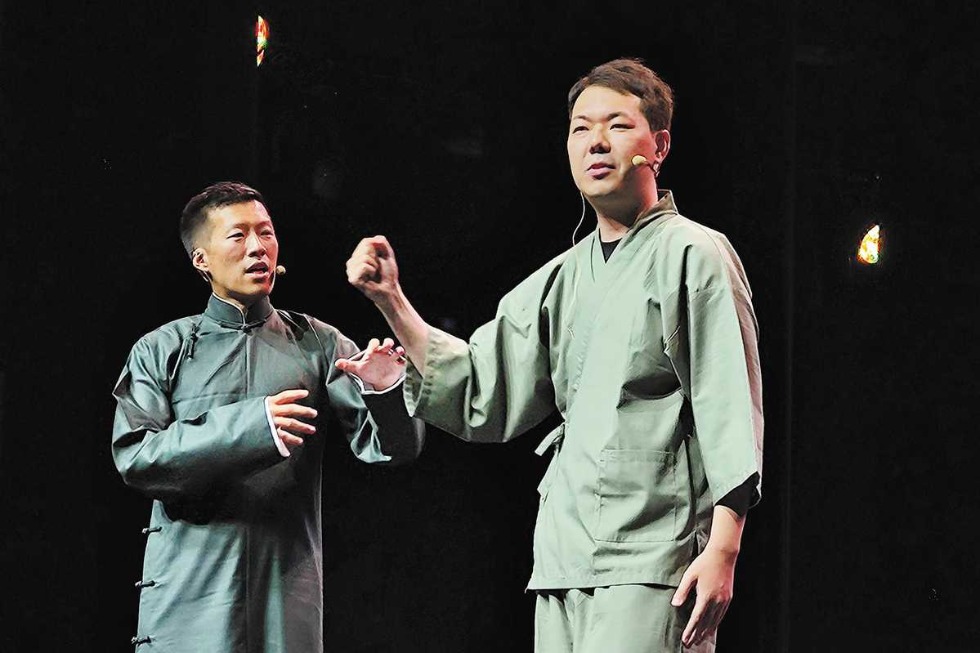British artist records Beijing's sounds before they fall silent


Chinnery, whose mother is Chinese, joined a WeChat group that includes more than 500 pigeon whistle users. He sent messages asking whether anyone could help him record the whistles in flight, but he received no replies.
Fortunately, he was introduced by a mutual friend to Zhang Baotong, a master craftsman who makes pigeon whistles. He was happy to introduce the artist to other pigeon owners, allowing the recording project to get back on track.
Still, there have been challenges. While working with a pigeon whistle user in Heiqiao village, in Beijing's Chaoyang district, the flock of birds Chinnery was recording was attacked by an eagle, causing them to quickly disperse.
"Luckily enough, the eagle didn't scare off all the pigeons and they returned that night," he said.
When Chinnery wanted to record in Heiqiao three months later, he found the village had been leveled to make way for modern high-rises.
"Urban development is an unstoppable force," Chinnery said. "But I'm still mainly interested in people who raise pigeons in garden settings."
In Beijing's Temple of Heaven there were once plenty of pigeons flying about. Now few remain because of regulations restricting the raising of the birds.
Despite the pigeon restrictions, the city has became more noisy as it expands, which makes it even harder to isolate remaining sounds amid the cacophony.
In the 1970s, every hutong in Beijing had at least five or six households using pigeon whistles, Chinnery said.
"Now you're lucky to find even one person who dabbles in pigeon whistles in a single district."
To record culture through sounds is a way Chinnery feels he can help preserve some of the capital's revered traditions and historic assets.
"Memories are alive and can be kept forever," he said. "I hope to keep memories in my own way, by using sound to stir memories."

































